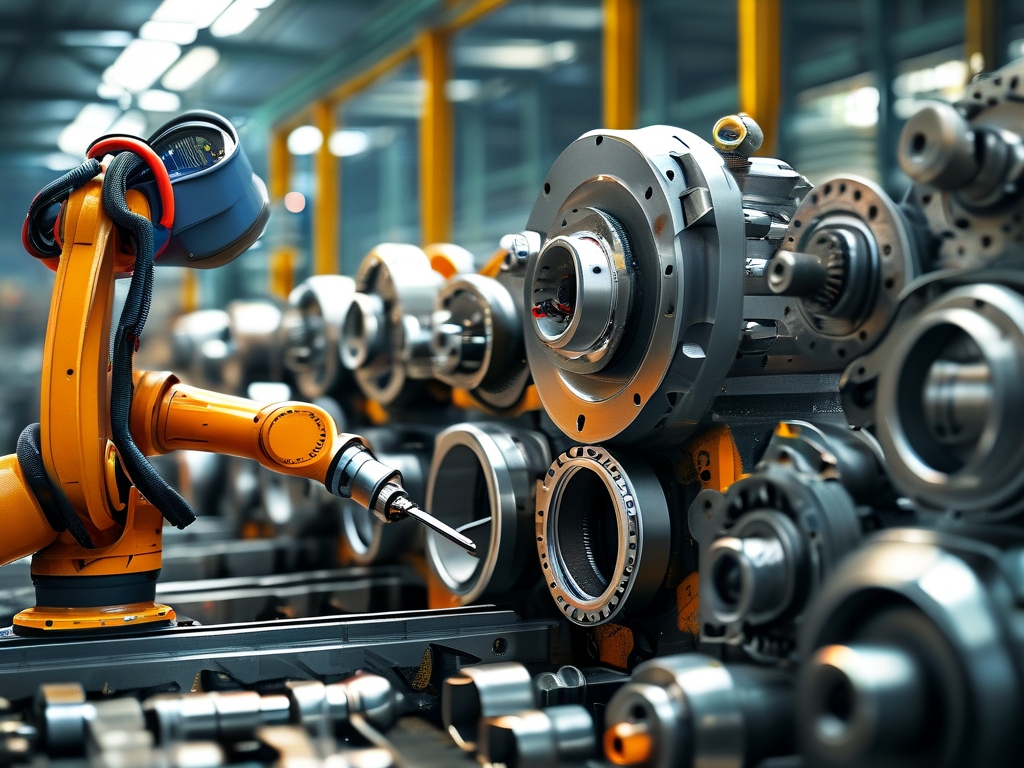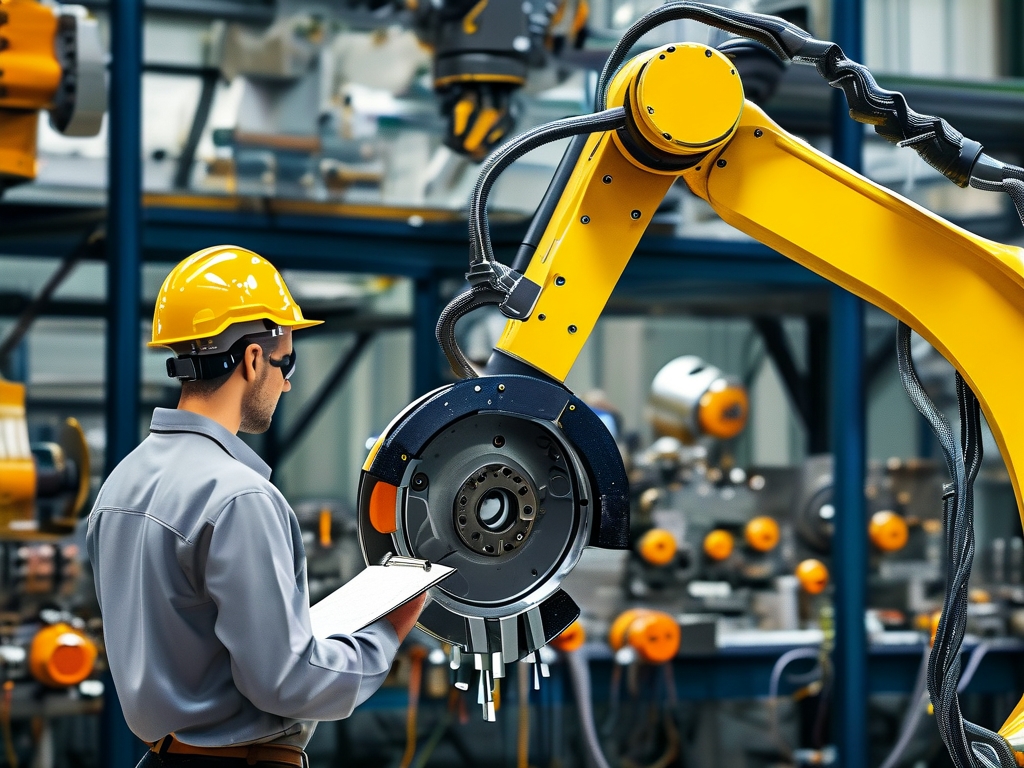The mechanical manufacturing industry, long regarded as a cornerstone of global industrialization, is undergoing a seismic shift driven by automation, artificial intelligence, and interconnected systems. Amid this transformation, a critical question arises: Does mechanical manufacturing need system architects? To answer this, we must examine the evolving complexity of modern manufacturing ecosystems, the role of system architecture in bridging technological gaps, and the tangible benefits such professionals bring to the table.
The Growing Complexity of Mechanical Manufacturing
Traditional mechanical manufacturing focused on standalone machinery, linear production lines, and siloed workflows. Today, the landscape is radically different. Factories integrate robotics, IoT-enabled sensors, real-time data analytics, and cloud computing. These technologies create interconnected systems where mechanical, electrical, and software components must collaborate seamlessly. For example, a smart production line might combine CNC machines, collaborative robots (cobots), predictive maintenance algorithms, and supply chain management software.
Without a holistic view, these systems risk becoming fragmented. Incompatible protocols, data bottlenecks, and inefficient resource allocation can derail productivity. This is where system architects step in. They design frameworks that ensure interoperability, scalability, and resilience across hardware, software, and human operations.
The Role of a System Architect in Manufacturing
A system architect in mechanical manufacturing operates at the intersection of engineering, IT, and business strategy. Their responsibilities include:

- System Integration: Ensuring legacy machinery communicates with modern IoT devices.
- Workflow Optimization: Designing processes that minimize downtime and maximize output.
- Risk Management: Identifying vulnerabilities in interconnected systems, such as cybersecurity threats.
- Innovation Roadmaps: Aligning technology adoption with long-term business goals.
Consider the automotive industry, where electric vehicle (EV) production demands synchronization of battery management systems, autonomous assembly robots, and energy-efficient supply chains. A system architect might develop a unified architecture that standardizes data formats, reduces latency in machine-to-machine communication, and enables over-the-air software updates—all while adhering to safety regulations.
Case Study: System Architecture in Aerospace Manufacturing
Aerospace manufacturing exemplifies the need for system architects. Modern aircraft rely on thousands of sensors, advanced composites, and AI-driven quality control systems. Boeing’s 787 Dreamliner, for instance, uses a digital twin—a virtual replica of the physical aircraft—to simulate performance and predict maintenance needs.
Creating such a system requires architects who understand aerodynamics, material science, data analytics, and cybersecurity. They must ensure that the digital twin’s algorithms align with physical sensor data, that updates comply with aviation standards, and that the system scales across global production facilities. Without this architectural oversight, inconsistencies in data flow or security breaches could compromise safety and profitability.
Counterarguments and Rebuttals
Critics argue that mechanical manufacturing has thrived for decades without dedicated system architects. They cite concerns about costs and the learning curve associated with new roles. However, this perspective overlooks three key points:
- Hidden Costs of Fragmentation: Poorly integrated systems lead to operational inefficiencies, which cost manufacturers an estimated $1 trillion annually (McKinsey, 2022).
- Rising Consumer Demands: Customers expect customization, rapid delivery, and sustainable practices—goals unattainable without agile, unified systems.
- Competitive Pressure: Companies like Siemens and GE Digital already employ system architects to lead Industry 4.0 initiatives, setting a benchmark others must match.
The Future of System Architecture in Manufacturing
As manufacturing embraces AI, quantum computing, and decentralized production (e.g., 3D printing), the system architect’s role will expand. Future architectures may incorporate blockchain for supply chain transparency or edge computing for real-time decision-making. Moreover, sustainability mandates will require architects to design energy-efficient systems and circular production models.
Educational institutions and corporations must collaborate to cultivate this talent. Degrees blending mechanical engineering with systems theory, coupled with industry certifications in IoT and cloud platforms, will prepare the next generation of architects.

The mechanical manufacturing industry undeniably needs system architects. These professionals are not mere IT specialists but strategic visionaries who translate technological potential into operational reality. By designing cohesive, adaptive systems, they empower manufacturers to navigate complexity, reduce costs, and innovate at scale. As the industry evolves, investing in system architecture will transition from a luxury to a necessity—a cornerstone of survival in the digital age.









